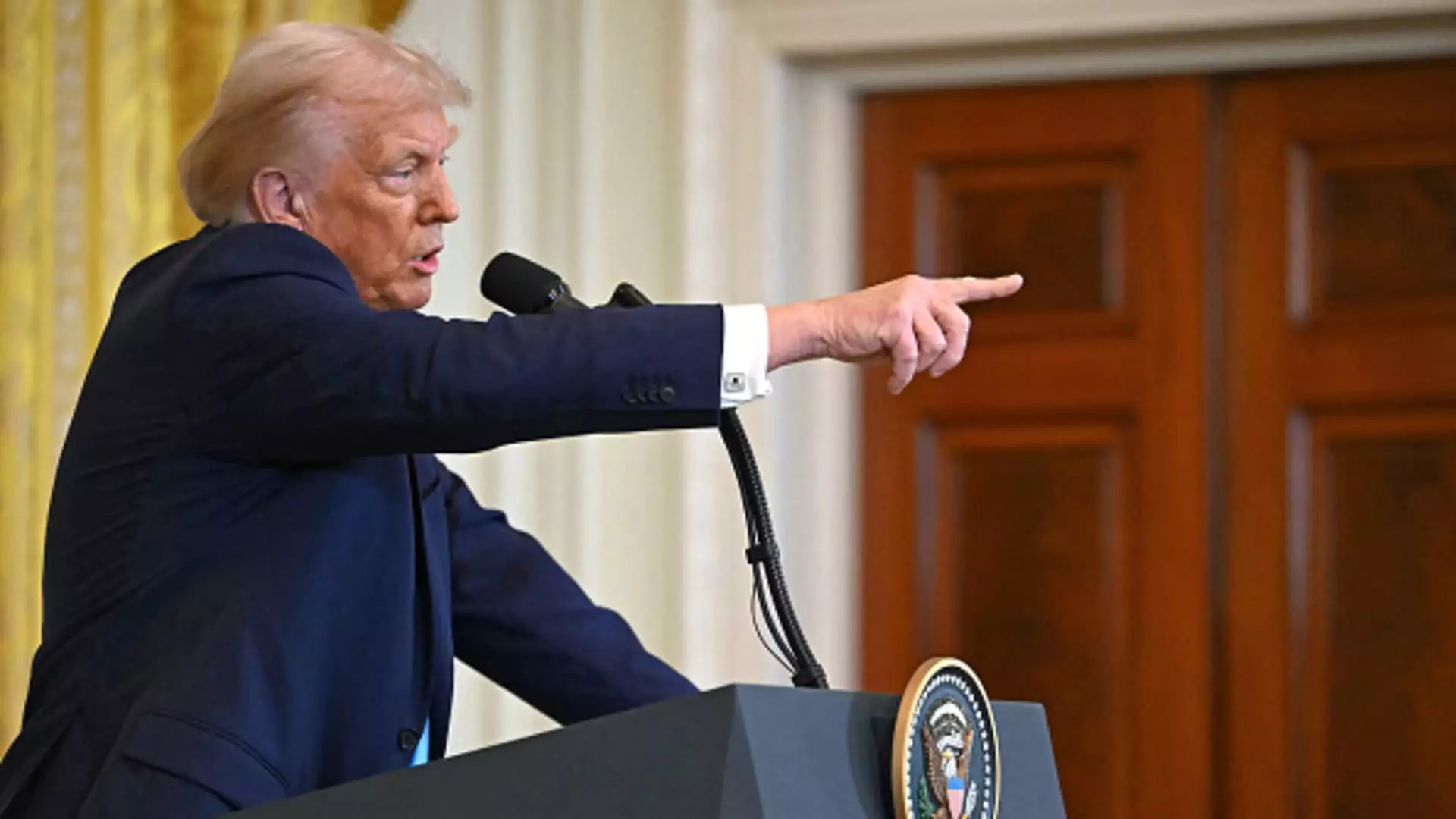In recent discussions, President Donald Trump has revisited his tax agenda, aiming to address the long-debated issue of the carried interest loophole. This financial mechanism allows certain investment fund managers—such as those in private equity and hedge funds— to benefit from lower tax rates on their earnings. This situation presents complex challenges, both politically and economically, as it pits high-income earners against a growing base of critics advocating for tax equity.
At its core, the carried interest loophole is a preferential tax treatment that permits investment managers to classify a portion of their income as capital gains instead of regular income. Specifically, these earnings—termed “carried interest”—are taxed at reduced rates, often leading to a substantial tax advantage over what ordinary workers face. Essentially, while the highest income earners might see a tax rate as high as 37%, those benefiting from this loophole pay significantly less, the maximum being 20% on capital gains plus an additional 3.8% for investment income.
Despite the apparent disparities created by this loophole, efforts to reform it have been met with resistance. Political interactions surrounding this issue reveal a stark divide: while there is bipartisan recognition of the problem, substantial opposition mounts from lobbyists and trade organizations representing investment interests. Groups like the American Investment Council argue that altering this tax structure would negatively impact jobs and local economies.
Trump’s renewed commitment to address the carried interest issue reflects ongoing concern about tax fairness in America. Previously, during his first term, attempts were made to adjust the holding periods for long-term capital gains treatment. A notable change was implemented in the 2017 Tax Cuts and Jobs Act, extending the required holding period for favorable tax treatment from one year to three years. Nevertheless, bolder proposals, such as extending this period to five years, have faced significant pushback. This highlights a complex balance; while reform advocates push for representation for the average earners, entrenched interests continue to strive for the status quo.
The ongoing discussion surrounding the carried interest loophole is not merely about a single policy, but rather encapsulates broader debates regarding tax reform and economic equity in the United States. As lawmakers grapple with the implications of tax policies on revenue and societal fairness, the discourse surrounding this topic will likely persist, emphasizing the need for a robust and fair taxation system.
Ultimately, as Republican lawmakers engage in discussions about crucial spending priorities, the prospect of closing the carried interest loophole remains an important sidebar to the larger picture of tax reform. While revenue generated from such reforms may only represent a small fraction of what is required to meet extensive fiscal demands, the symbolic value of such a change could resonate strongly with Americans seeking greater economic equity. As discussions continue, the challenge lies in crafting policies that are not only effective but also equitable, ensuring that the narrative of tax fairness becomes central to the tax agenda.

